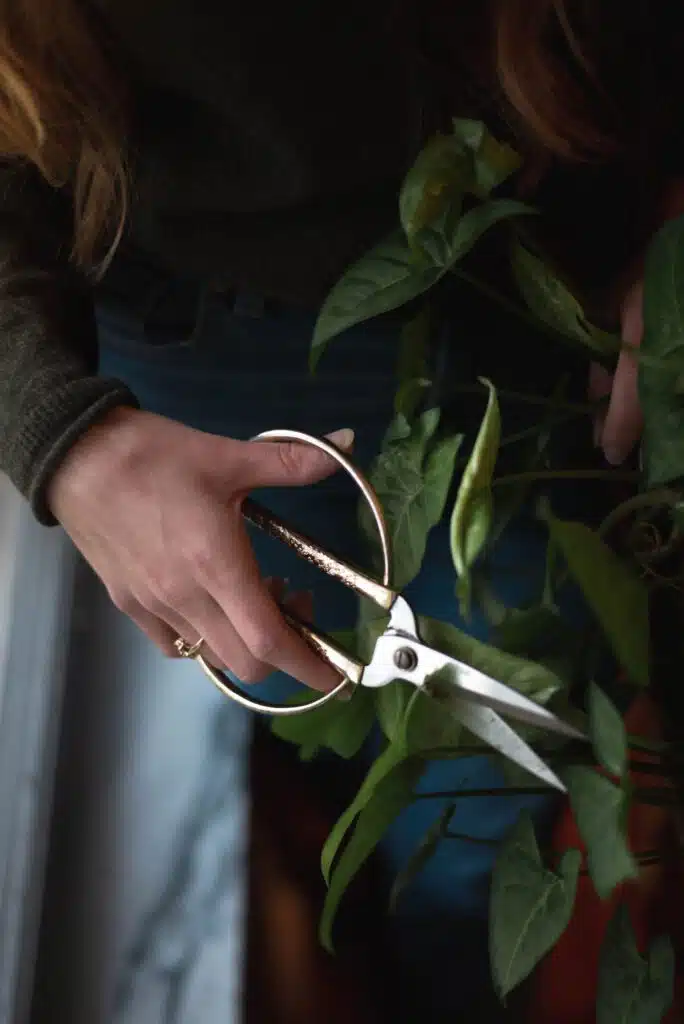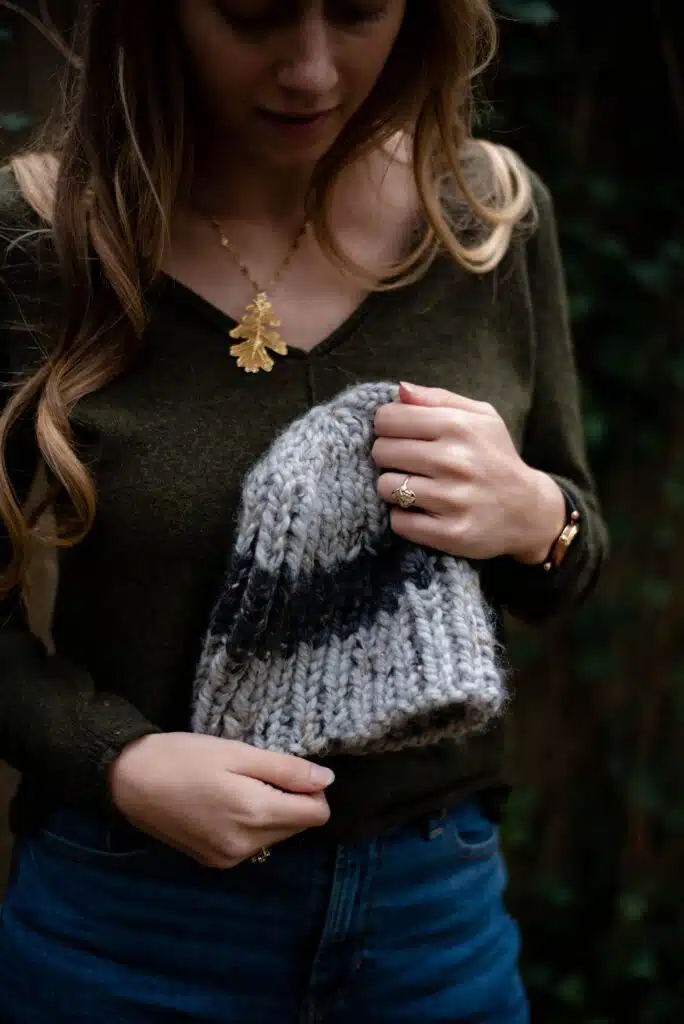
Here at the cottage, there isn’t much space. We definitely do not have a root cellar or pit freezer like many more serious homesteaders. After living on this small square of land, I have learned a few things about how I can embrace beginner homesteading with what I have.
There is a bit of a myth that you have to live on a farm, in a rural area, or own some animals to homestead. I know this is a myth because I have been learning many skills on my urban homestead over the past few years. Before I began this journey, I always imagined homesteading as something I could enjoy when I moved to a farm away from the city. I foolishly thought that homesteading was tied to place and space instead of an idea that lives within. Now I have become a little more creative with how I see homesteading and embrace my self-sufficiency.
In my current living situation, I am finding ways to make and do more than I ever thought possible. Homesteading is different for everyone, it is not about doing everything or being 100% self-sufficient. Homesteading is a lifestyle and you can take from it whatever works for you right now!
For my life right now I am able to incorporate a few aspects of homesteading:
- A few small raised beds (to grow flowers, herbs, and veggies),
- Baking and trying from-scratch recipes
- (when possible) buying used instead of new furniture, decor, kitchen supplies, and more
- Trying to sew and knit more of the things I use and wear
- Eating and living locally and in harmony with the seasons
No one is a “perfect homesteader”, many of us enjoy going to restaurants or occasionally buying new clothes. That is the very reason why I wanted to write this blog; as a reminder that anyone can be more self-sufficient regardless of where they live or what they do!
Homesteading for Beginners; A few simple ways to be more self-sufficient:

Make your own bread:
This is one of the simplest ways to start living more sustainably. Anyone can make their own bread anywhere! All you need is flour, water, and salt to get started with sourdough. Making your own bread is much healthier, cheaper, and more delicious than store-bought. I have lots of resources on sourdough on my blog too, if you want to learn more about homemade bread.
You can also experiment with many other foods from scratch. Salad dressings, condiments, and broth are simple swaps that make a huge difference for your wallet and your tastebuds.
Grow some food:
Now keep in mind that you do not need to grow acres and acres of food, just start small. Depending on your situation, this could mean growing a few herbs on your windowsill, tending to tomatoes on an apartment balcony, or setting up a few beds in a small backyard. Whatever you choose, get creative and don’t take no for an answer.
Try handmade when you can:
We have to be reasonable about this one because not everything can be handmade. For example, I can knit many things instead of buying them, but you will probably not catch me making my own furniture any time soon. As a result, I am focusing on what skills I have or can cultivate to hand-make more items in my home. Instead of trying to do everything, focus on what skills you do have and make those work for you.

When you can’t make it yourself, by local or used:
Local, seasonal food is one of the best ways to incorporate homesteading principles and connect with a more heritage way of life. You can learn more about why local seasonal eating is such a great practice here! Since I am also not doing any woodworking, I like to shop for vintage furniture at local estate or garage sales. This is a cheaper and more environmentally friendly way to breathe new life into old pieces.
A few other ways to incorporate used and local goods:
- Buy local honey
- Join a CSA (a farm to kitchen co-op that brings me local seasonal produce) because not everyone can grow everything! Here is a great directory to find a CSA near you.
- Head to your local library or a garage sale for books
- Support a local bakery, if you don’t bake bread
- Find a nearby roaster instead of buying coffee from the grocery store
- Plan a clothing swap to refresh your wardrobe
Form relationships with local makers and farmers:
Invest in your community by meeting local makers and farmers. You will be learning and growing alongside these people, so be sure to get to markets and farms to ask questions, learn more, and find ways to support each other.
Learn to make sacrifices:
Becoming self-sufficient is not very glamorous. Making things with your hands and embracing a simple life can be challenging. Sometimes that means spending your days off outdoors covered in dirt, patiently waiting for bread to rise instead of buying it from the store, denying yourself the new furniture you want in order to save, or taking the time to preserve food when it would be easier to let it go bad. I want to encourage you to push through because all your sacrifices are worth it when you can sustain yourself even in the smallest of ways.

Don’t try to do it all at once:
Self-sufficiency is a journey, it doesn’t happen overnight. It is very important to slowly incorporate these principles so you don’t become overwhelmed and give up. For me, each season I am trying to slowly become more and more self-sufficient instead of trying to do everything in one week. Instead of burning out, I am gaining momentum as I learn and experience more.
Get creative:
One of the most important things that separate homesteaders from the rest of the world is that they are willing to go against the grain of “how things are done”. They are willing to question the grocery stores, agriculture industries, big pharma, and other established norms of our world. Homesteaders are not afraid to be seen as different or “crunchy”. If you want to become more self-sufficient, you must be willing to step outside the box of how things are done in order to find better solutions to the problems you face.
Leave a Reply